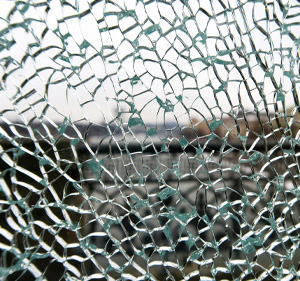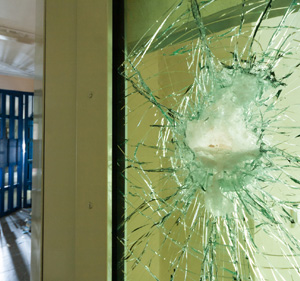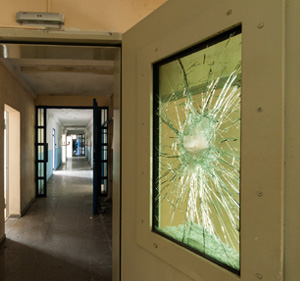
October 19, 2021 by WindowRama
Safety Comes First with Tempered Window Glass
Whether you realize it or not, windows are a huge part of a house both from a design standpoint and a functional one. They allow natural light to enter, can open to bring fresh air in, and they provide an important feature to the “face” of your home.
But as nice as windows are to look at, the fact is your house isn’t a museum. It’s a bustling place with traffic coming in and out of the various rooms. And given the fact that we’re physical beings just trying to live our lives in these structures, there are instances where accidents may strike.
In addition to basic safety measures integrated into our homes, such as smoke alarms, furniture bumper guards for those who have little ones running around, or even GFCI outlets, because windows feature glass there are certain applications that may also be cause for concern because a broken window can be dangerous.
So what are we getting at exactly? Read on to see how windows can play a major role in the overall safety score of your home.
What are the various types of glass used for windows?
Single pane, dual pane, triple pane, Low e, argon-gas filled… these are just a handful of different types of window glass options available. In addition to energy efficiency, they vary in both cost and products offered.
One important element to consider in the performance of windows, and window glass specifically, is the fact they are exposed to heat and cold sometimes drastically throughout the year. This constant fluctuation of conditions can affect the longevity of the window. And because of its nature, glass can shatter.

What is tempered glass?
Tempered glass is stronger. Matter of fact, it’s up to four times stronger than regular glass. The key to its designation as “safety glass” is the fact that when tempered glass breaks, rather than large pieces of glass falling and potentially causing serious harm, it instead breaks into small, tiny pieces of glass that can cause less damage than standard glass.
You may also be thinking of laminated glass. While it’s in the same “safety glass” category it does differ a bit. In the event of a shatter, instead of the glass shards falling from the window frame, they’re held intact due to the manufacturing process of pressing two sheets of glass together with a plastic film in between.
Getting back to tempered glass and how it’s made, different than annealed glass or standard glass, the tempering process involves extreme heating and rapid cooling making it much harder and stronger than typical glass. And while it’s more expensive than standard glass, it costs less than laminated glass by comparison. Fortunately, the criteria for considering tempered glass is very specific and typically not required for an entire home or structure.

When is tempered glass required by code?
Some prime examples where you may be required to have tempered glass would be a bathroom window, a shower door or maybe even a window on a stairwell that’s close to the floor. Another scenario would be if the room has very large windows, as well as any doors with glass panels. Basically, if there’s a chance a homeowner can fall into or strike a window then the building code will call for tempered glass. While local codes take precedence, click here to learn about the International Residential Code, which establishes a working standard for codes of this type.

How can WindowRama help?
At WindowRama, we work with our clients to identify the best window and door solutions to fit the criteria of their projects. From building codes to personal preferences and architectural goals, we’re dedicated to a full exploration of options available to you to determine what’s best.
